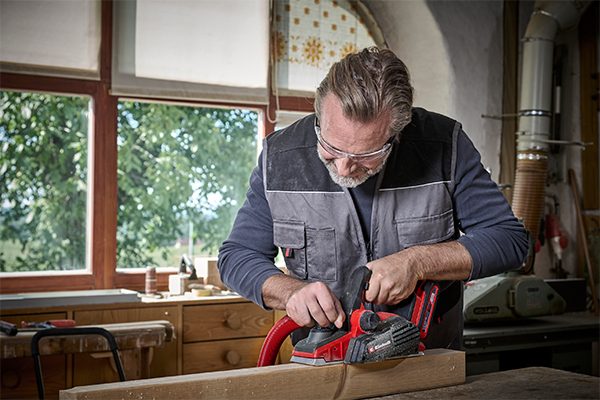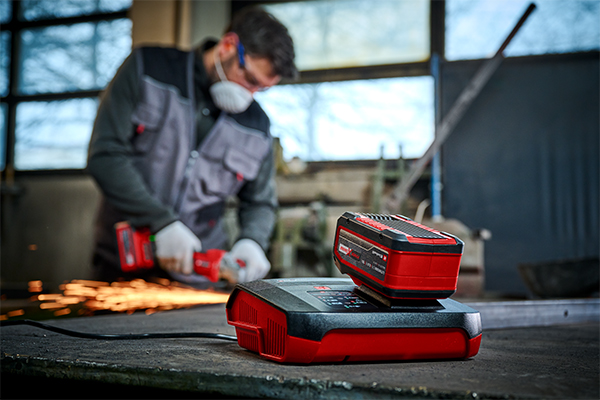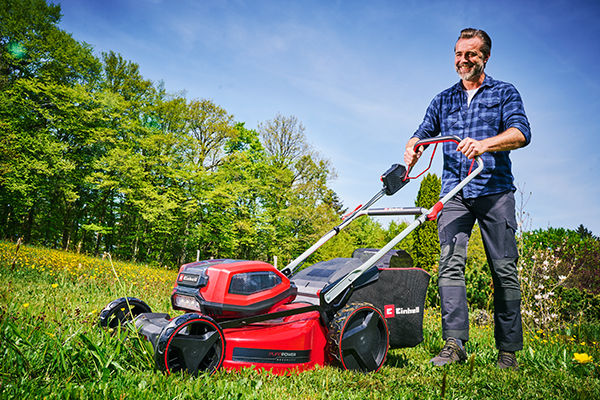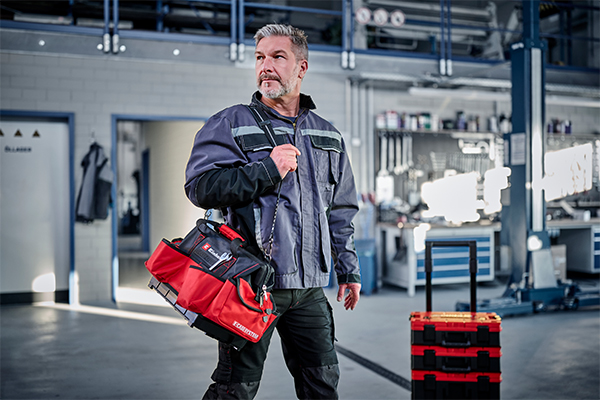Drilling in metal made easy
When it comes to working with metal profiles or something similar, most DIY‐ers flinch back. The reason for this is mostly lack of experience with this material. We know wood well, we know how it reacts. No wonder, that even the tree houses of our early childhood were made with wood. In this article, we would like to show that working with metal is not significantly different and in no way complicated.
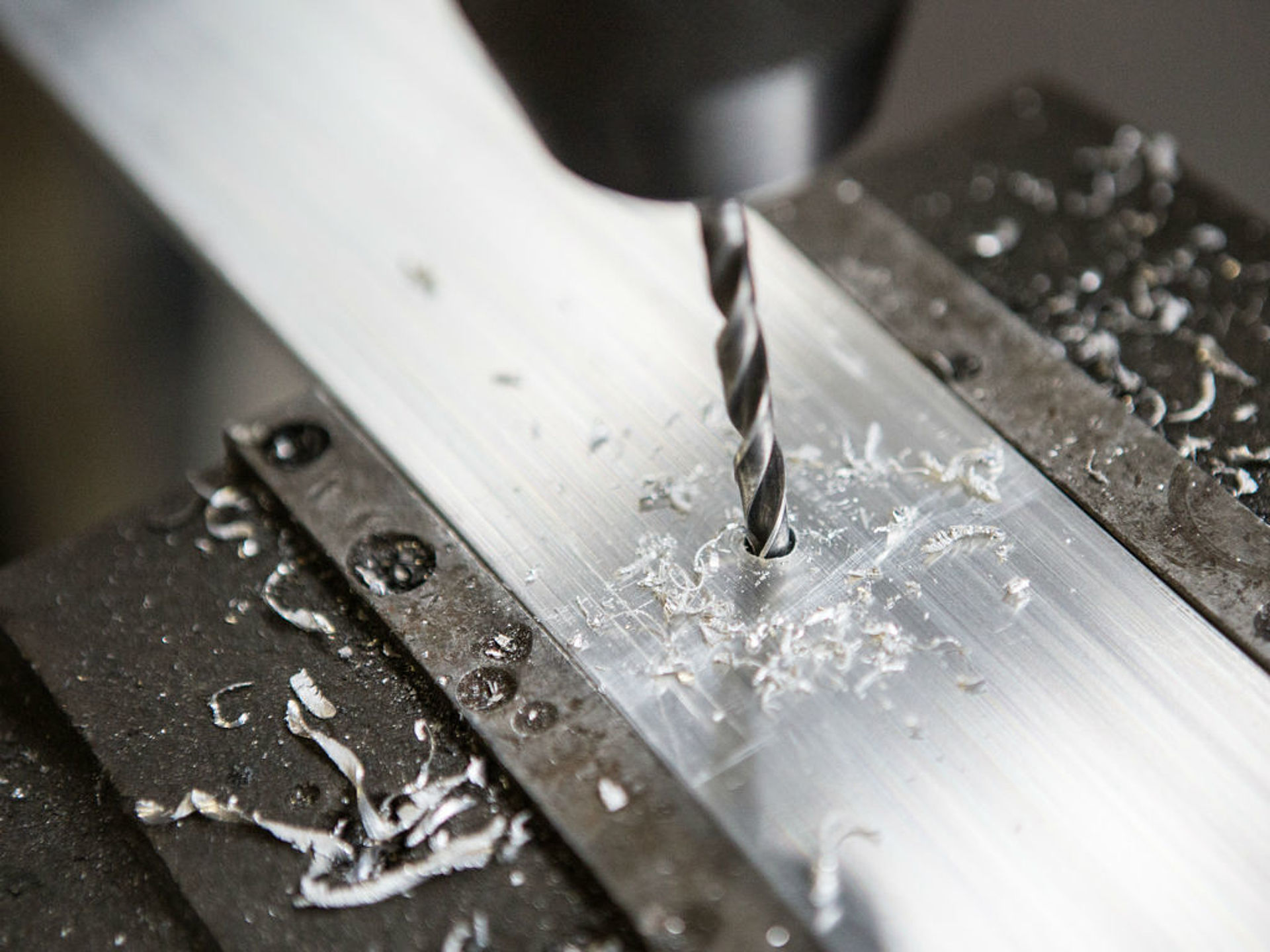
What to watch out for when drilling through metal?
We all know that metal is way harder than wood. There are hence a few rules to abide. If you remember these, working with metal will become easy for you.
The right drill for metal
To drill metal you will need a HSS drill bit. HSS stands for High‐Speed Steel. These drill bits have a point angle of 118 degrees. If you however want to drill harder metals like stainless steel, you will need the HSS drill bit with a point angle of 135 degrees. These somewhat flatter drill bits help you centre far better when drilling through hard metal.
Deburring or countersinking after drilling
Since the edges of the drill holes are very sharp you have to continuously deburr these with a counter sink. This will help you avoid cut injuries to hands. In addition to this, it is recommended, when using a countersink head screw, to countersink the hole at the end with a countersink. In this way the head of the screw plunges evenly into the metal flush with the surface. Countersinking can be conical or cross‐hole countersinking. The conical countersink has two to three cuts and is cone shaped. As opposed to this, the cross‐hole countersink has one round head. Cross‐hole countersink cutters tend to give lesser chatter (or machining vibrations) and produce better surface quality.
Centre punching drill holes
Before setting up the drilling machine, we recommend that you punch the drill holes you are planning, using a centre punch and a hammer. This will help the drilling machine run a little less fast. The drill holes will be more precise and it will also make drilling easier. Centre punches are available in different sizes and hardness in any DIY warehouse.
The right speed
It is very important to lower the speed when drilling. We drill holes in metal with significantly lower speeds than when drilling in wood. You drill an 8 mm diameter hole in oak profile at approx. 1800 rpm. For drilling in stainless steel or other hard metals you can do it at 560 rpm only.
Watch out for metal chips
When drilling through metal, long and dangerously sharp chips come out. If the chips are too long they are pushed outside due to centrifugal action. When drilling, take the pressure from the drilling point for a little while, the chips stop and cannot get dangerous.
Pillar drill is the best for metal
When working with hard materials, it is important to get the drill holes in the correct angle. The pillar drill machine is recommended over conventional drill machines. It is easy to drill holes exactly at 90° with a pillar drill. Unlike wood, metal does not forgive crooked drill holes. In addition to this, pillar drills offer several options, such as machine vice to hold the work piece firmly. When drilling through metal pipes, a pillar drill is a must.
Predrilling for larger holes
If you want to drill big holes, it is a good idea to first drill a small hole. Drill bits with a large diameter tend to drift quickly when fed into the material. The smaller pre‐drilled hole leads the drill bit through the material and at the same time also takes temperature‐affected tensions.
Apply cutting oil to the drill hole
If the metal workpiece you are drilling through is thicker than a plate, you must without fail lubricate the drilling spot with cutting oil. Cutting oil cools both the work piece as well as the drill bit. It also ensures that the drill bit does not become blunt too soon.

